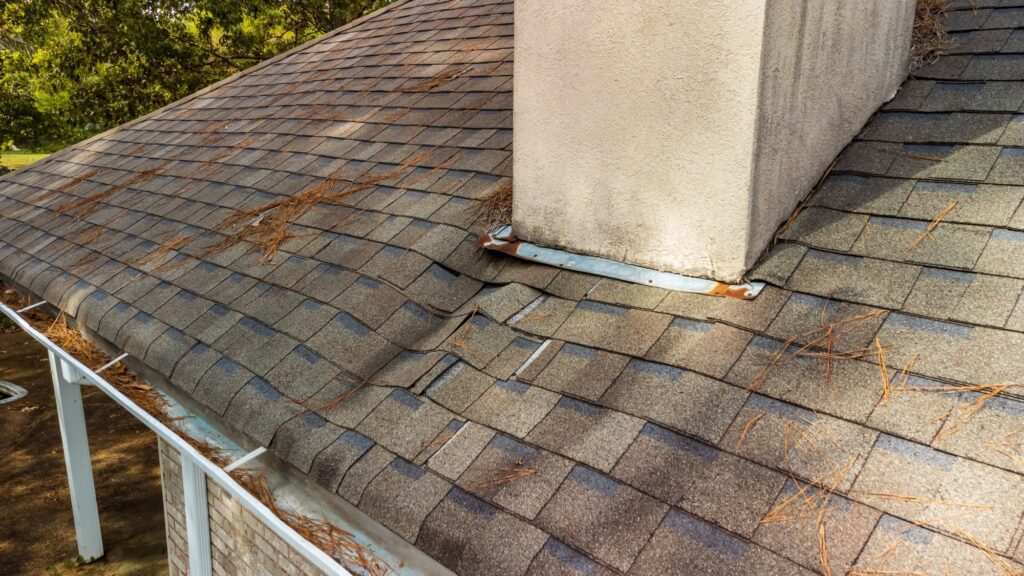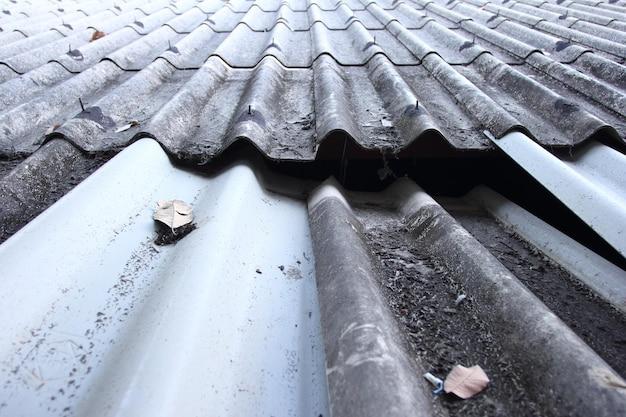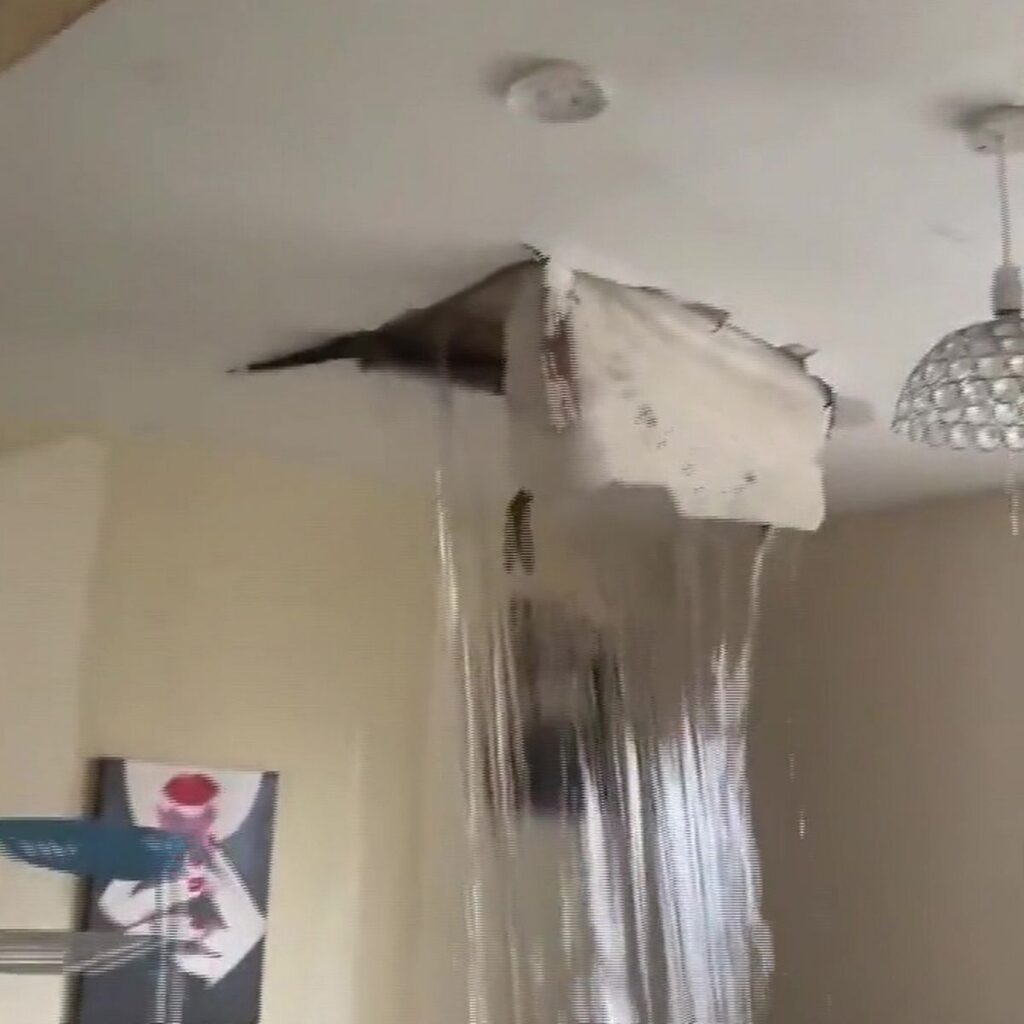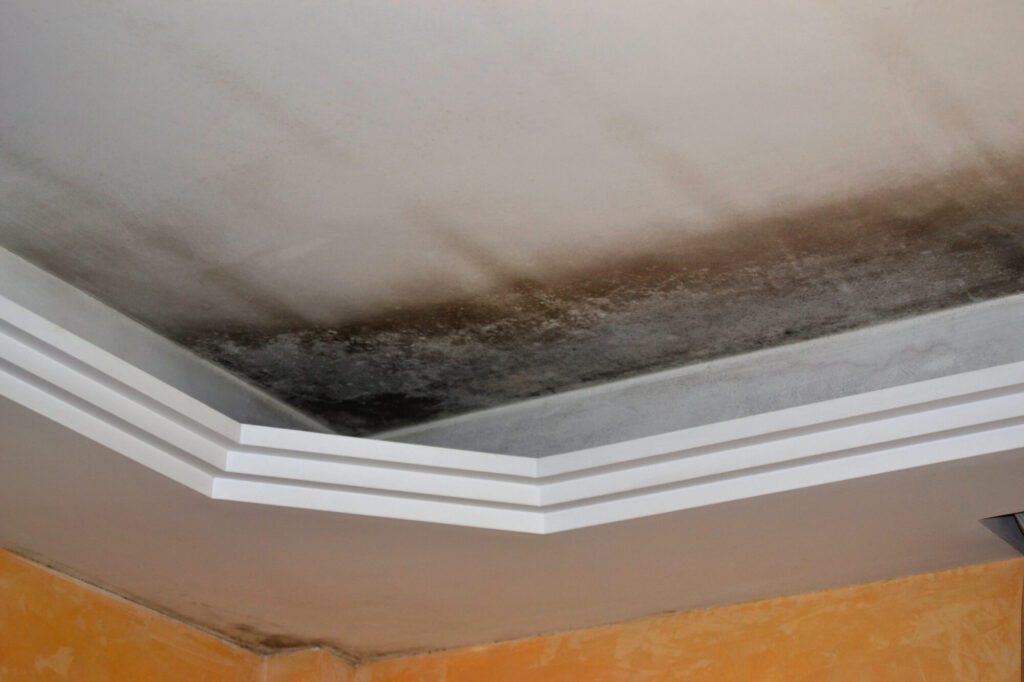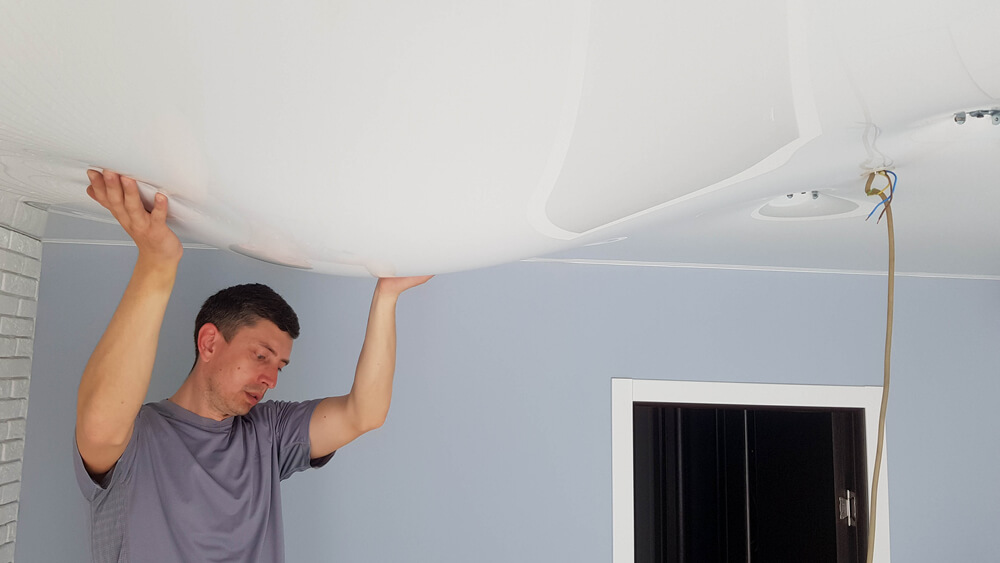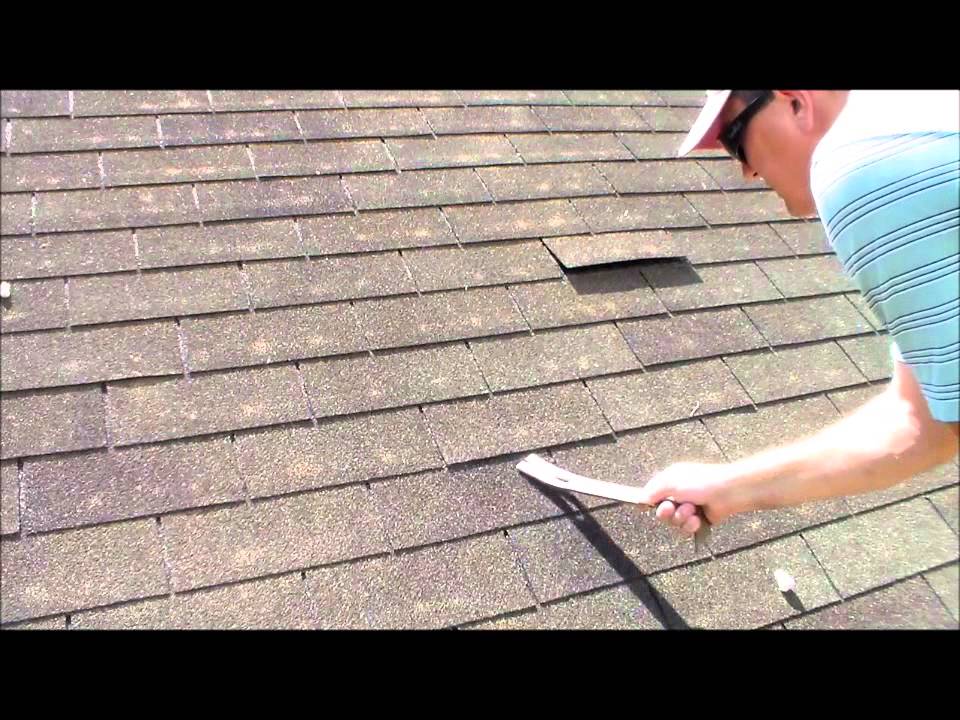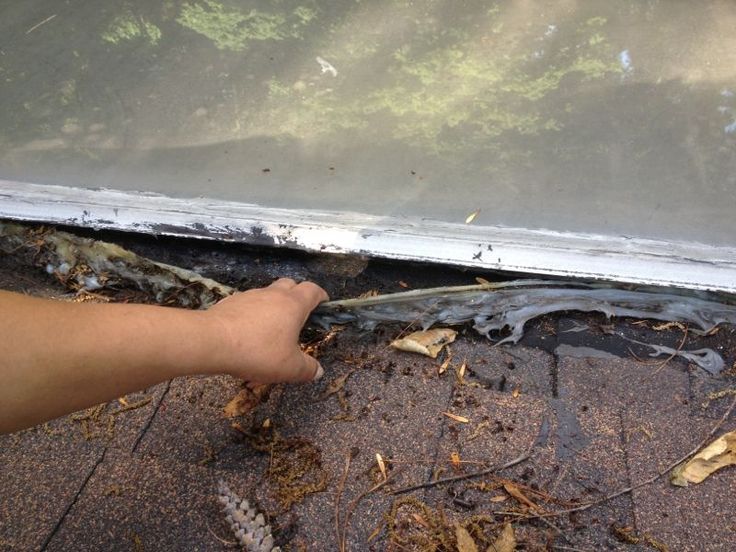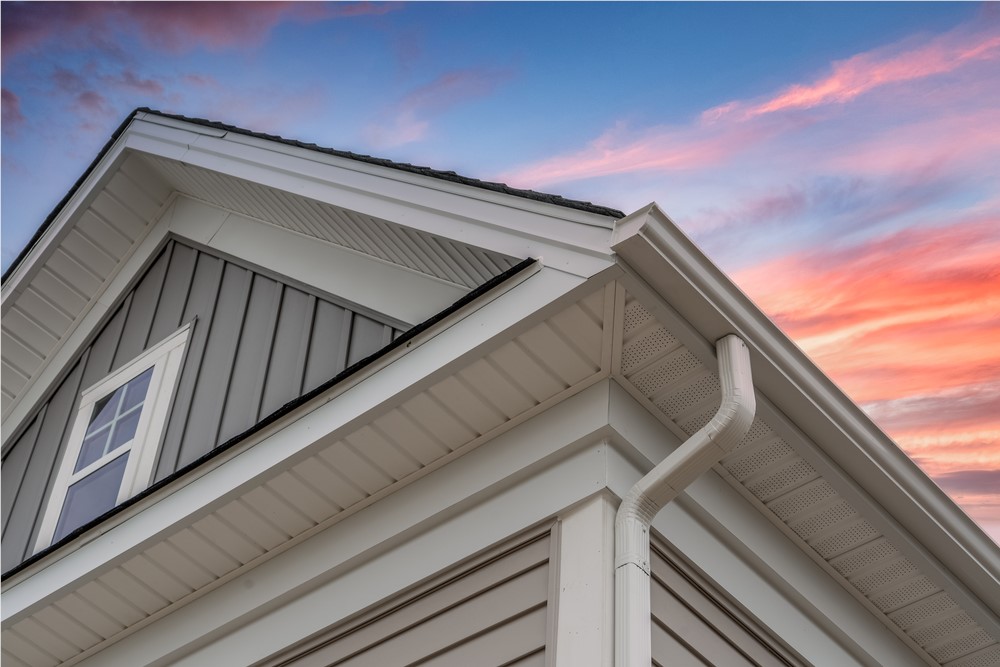When it comes to roof maintenance, the idea of replacing a roof that isn’t leaking may seem unnecessary at first. But before you dismiss the thought entirely, it’s worth considering the long-term benefits that a roof replacement can offer. From improved energy efficiency to preventing potential structural damage, this article explores the reasons why replacing your roof, even if it’s not leaking, might be a wise investment for your home. So, let’s explore the possibilities and make an informed decision together!
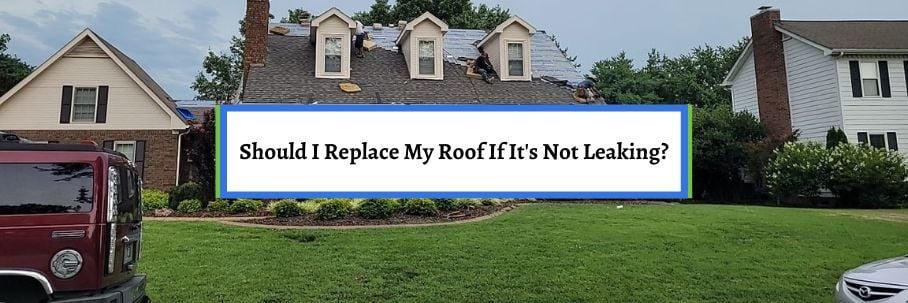

Reasons to consider replacing a non-leaking roof
Age of the roof
One of the main reasons to consider replacing a non-leaking roof is its age. Over time, the natural wear and tear that comes with age can compromise the integrity of the roof, even if no visible leaks are present. Most roofs have an average lifespan, which varies depending on the type of roofing material used. If your roof is approaching or has exceeded its average lifespan, it may be worth considering a replacement to ensure it can continue to effectively protect your home.
Visible signs of deterioration
Even if your roof is not leaking, it is important to pay attention to any visible signs of deterioration. This can include missing or damaged shingles, curling, cracking, or blistering shingles, moss or algae growth, sagging or uneven roof surfaces, granule loss from asphalt shingles, or water stains inside the attic. These signs could indicate underlying issues that may worsen over time, potentially leading to leaks or more extensive damage. Addressing these issues early on through roof replacement can help prevent further damage and potentially save you money in the long run.
Roofing material
The type of roofing material used on your roof can also be a factor in considering a replacement. Different materials have varying lifespans and durability. For example, asphalt shingles typically have a lifespan of 20-25 years, while metal roofs can last 50 years or more. If your current roofing material is prone to deterioration or has a shorter lifespan, it may be worth exploring newer, more durable options that can provide better long-term protection for your home.
Energy efficiency
Another aspect to consider when deciding whether to replace a non-leaking roof is its energy efficiency. Older roofs may not have proper insulation or ventilation, leading to energy loss and increased heating or cooling costs. By replacing the roof with newer materials that offer better insulation and improved energy efficiency, you can reduce your energy consumption and potentially save on utility bills in the long run.
Increased property value
Replacing a non-leaking roof can also have a positive impact on the value of your property. A new roof can enhance the curb appeal of your home, making it more attractive to potential buyers. It can also give buyers peace of mind knowing that they won’t have to deal with roofing issues in the near future. Additionally, insurance companies may offer lower premiums for homes with newer roofs, which can further increase the value of your property.
Factors to consider before replacing a non-leaking roof
Cost of replacement
One of the major factors to consider before deciding to replace a non-leaking roof is the cost. Roof replacements can vary widely in terms of expenses, depending on factors such as the size and complexity of the roof, labor and material costs, and any additional expenses like removal, disposal, or permits. It is important to gather estimates from reputable roofing contractors to get a clear understanding of the overall cost involved. Comparing the cost of replacement with potential future repairs can also help in making an informed decision.
Future plans for the property
Another important factor to consider is your future plans for the property. If you intend to stay in the home for a long time, a roof replacement may be a wise investment to ensure long-term protection and peace of mind. On the other hand, if you plan to sell the property in the near future, it may be worth considering whether a roof replacement will significantly impact the resale value and market competitiveness of your home.
Budget and financial considerations
Your budget and financial situation should also be taken into account when considering a roof replacement. It is important to assess whether the cost of replacement fits within your budget and whether you have the financial resources to cover the expenses. If budget constraints are a concern, you may explore financing options or prioritize repairs over a complete replacement to address immediate issues.
Long-term maintenance
Replacing a non-leaking roof can offer long-term benefits in terms of reduced maintenance. Older roofs may require more frequent repairs and maintenance, which can add up in terms of time and cost. By investing in a new roof, you can potentially minimize the need for regular maintenance and avoid the inconvenience and expenses associated with ongoing repairs.
Roof inspection and assessment
Before making a final decision, it is crucial to have a professional roof inspection and assessment. Roofing experts can identify any underlying issues or hidden damages that may not be apparent to an untrained eye. Their recommendations can provide valuable insights into whether a repair or replacement is the best course of action. Consulting with professionals can help ensure that you make an informed decision based on the actual condition of your roof.
Assessing the age of the roof
Average lifespan of different roofing materials
The average lifespan of a roof can vary based on the type of roofing material used. Asphalt shingles, which are commonly used in residential properties, have an average lifespan of around 20-25 years. Metal roofs, on the other hand, can last 50 years or more. Other materials such as wood shake, slate, or clay tiles also have different average lifespans. Understanding the expected lifespan of your roofing material can help determine if it is nearing the end of its useful life and thus, if a replacement is warranted.
Consideration of previous repairs
When assessing the age of your roof, it is essential to consider any previous repairs that may have been conducted. While repairs can help extend the lifespan of a roof, they should not be relied upon indefinitely. A roof with a history of multiple repairs may indicate underlying issues or significant wear and tear, making a replacement a more appropriate solution to ensure long-term protection.
Warranty status
Reviewing the warranty status of your roof can also provide insights into its age and potential need for replacement. Most roofing materials come with warranties that cover defects and premature failure. If your roof is still under warranty and showing signs of deterioration, it may be worthwhile to explore the possibility of a warranty claim or replacement covered by the warranty terms.
Identifying visible signs of deterioration
Missing or damaged shingles
One of the most obvious signs of roof deterioration is missing or damaged shingles. Over time, shingles can become loose or get blown off due to wind, storms, or general wear and tear. If you notice an increasing number of missing or damaged shingles, it may indicate that your roof is nearing the end of its lifespan and that a replacement is necessary.
Curling, cracking, or blistering shingles
Curling, cracking, or blistering shingles are also signs of a deteriorating roof. These issues can be caused by various factors such as exposure to the elements, poor installation, or inadequate ventilation. When shingles start to curl, lose their granules, develop cracks, or form blisters, they become less effective in protecting your home from moisture and other elements. If these issues are widespread, it may be time to consider a roof replacement.
Moss or algae growth
The presence of moss or algae on your roof can indicate a moisture problem and potential damage. While moss or algae growth alone may not necessarily require a replacement, it can lead to further deterioration if left untreated. Moss and algae can trap moisture, causing shingles to become weakened or damaged. If you consistently notice moss or algae growth on your roof, it is worth consulting with a professional to assess the extent of the issue and determine if a roof replacement is necessary.
Sagging or uneven roof surface
A sagging or uneven roof surface is a clear indication of structural damage or issues with the underlying support system. This can be caused by a variety of factors, including water damage, rot, or inadequate structural design. A sagging roof not only affects the appearance and functionality of your home but also poses safety risks. If you notice dips or sags in your roof, it is important to have it inspected by a professional to determine the extent of the problem and whether a replacement is required.
Granule loss from asphalt shingles
Asphalt shingles are coated with granules that provide protection against the sun’s rays and add to the aesthetics of the roof. Over time, these granules can start to loosen or wear off due to weathering, age, or other factors. If you consistently find granules in your gutters or notice bare patches on your shingles, it may be an indication that your roof is reaching the end of its lifespan and that a replacement is necessary to maintain its integrity.
Leaks or water stains inside the attic
While a non-leaking roof may seem like a good sign, it is important to check for any signs of leaks or water stains inside the attic. These can be indicative of underlying issues, such as a compromised roof or inadequate ventilation. Even if the leaks are minor or infrequent, addressing them promptly is crucial to prevent further damage to your home’s structure. If leaks are present, it is recommended to have a professional assess the situation and determine if a roof replacement is necessary.


Evaluating the roofing material
Longevity and durability
When evaluating your roofing material, consider its longevity and durability. Some materials, such as metal or slate, have longer lifespans and greater durability compared to others like asphalt shingles or wood shake. Assessing the pros and cons of different materials can help determine if a replacement is necessary to ensure a longer-lasting and more durable roof.
Advancements in roofing technology
Advancements in roofing technology have led to the development of more innovative and efficient materials. Newer roofing materials may offer superior performance, such as increased resistance to weathering, improved durability, and better energy efficiency. If your current roofing material is outdated, replacing it with a newer, more technologically advanced option can provide enhanced protection and potentially save you money in the long run.
Compatibility with local climate
The local climate plays a significant role in the longevity and performance of your roof. Different roofing materials are better suited for specific climates. For example, metal roofs are highly resistant to extreme weather conditions like hurricanes or heavy snowfall, making them a suitable choice for areas prone to such events. Assessing the compatibility of your current roofing material with the local climate can help determine if a replacement is necessary to ensure optimal protection against the elements.
Availability of newer, more efficient materials
Consider the availability of newer, more efficient materials in the market. If your current roofing material is outdated or no longer widely used, it may be more challenging to find replacement parts or professionals experienced in working with that material. Opting for a widely available material can make future repairs or maintenance easier and more cost-effective.
Considering energy efficiency
Improvement in insulation
One of the benefits of replacing a non-leaking roof is the opportunity to improve the insulation of your home. Older roofs may not have sufficient insulation, leading to energy loss and increased heating or cooling costs. By replacing your roof with newer materials that offer enhanced insulation properties, you can create a more energy-efficient home, reduce your energy consumption, and potentially save on utility bills.
Cool roof options
Another consideration for energy efficiency is the availability of cool roof options. Cool roofs are designed to reflect more sunlight and absorb less heat compared to traditional roofing materials. By choosing a cool roof material, you can significantly reduce the heat absorbed by your home, resulting in lower cooling costs during hot summer months. Cool roofs are particularly beneficial in areas with hot climates, making them a worthwhile option to consider when replacing a non-leaking roof.
Reduced energy consumption and cost
Replacing a non-leaking roof with energy-efficient materials can lead to reduced energy consumption and cost savings in the long run. By minimizing heat transfer through the roof, you can decrease the load on your HVAC system, resulting in lower energy usage and reduced utility bills. Additionally, energy-efficient roofs may qualify for energy-saving incentives or rebates offered by local governments or utility companies, further adding to the potential cost savings.
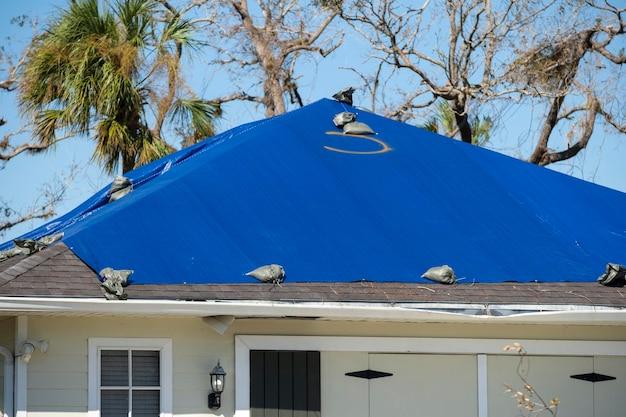

The potential benefits for property value
Curb appeal and aesthetics
One of the potential benefits of replacing a non-leaking roof is improved curb appeal and aesthetics. A new roof can greatly enhance the overall appearance of your home, giving it a fresh and updated look. This can make a significant difference in the perceived value of your property, making it more appealing to potential buyers.
Increased market competitiveness
A new roof can also increase the market competitiveness of your property. In a competitive real estate market, having an updated roof can give your home an edge over other listings that have older or deteriorating roofs. Potential buyers are often willing to pay a premium for a home that requires less immediate maintenance or repairs, and a new roof can provide that peace of mind.
Peace of mind for potential buyers
Replacing a non-leaking roof can provide peace of mind for potential buyers. Knowing that the roof has been recently replaced and is in good condition can alleviate concerns about potential leaks or future roofing issues. This can make your home more attractive to buyers and potentially lead to a quicker sale.
Insurance premium savings
Insurance companies often provide discounts or lower premiums for homes with newer roofs. By replacing a non-leaking roof, you may be eligible for such savings. It is recommended to check with your insurance provider to understand if a roof replacement can lead to reduced insurance costs. This can provide additional financial benefits and contribute to the overall value of your property.
Calculating the cost of replacement
Roof size and complexity
The size and complexity of your roof play a significant role in calculating the cost of replacement. Larger roofs will require more labor and materials, leading to higher expenses. Additionally, roofs with multiple slopes, valleys, or intricate designs can be more time-consuming and challenging to replace, impacting the overall cost.
Labor and material costs
Labor and material costs are the primary components of the total cost of roof replacement. The cost of labor can vary depending on factors such as the location, contractor rates, and any additional services required, such as removing the old roof or installing insulation. Material costs depend on the type and quality of the roofing material chosen. It is essential to obtain detailed quotes from multiple contractors to determine the average cost in your area and make an informed decision.
Additional expenses (removal, disposal, permits)
When calculating the cost of replacement, don’t forget to consider additional expenses such as the removal and disposal of the old roof materials. Depending on local regulations, you may also need to obtain permits for the roof replacement, which can add to the overall cost. These additional expenses should be factored into the budget to ensure an accurate estimation of the replacement cost.
Comparing costs with potential future repairs
Sometimes, the cost of repairing specific issues on your non-leaking roof can be substantial. In such cases, it may be more cost-effective to opt for a complete roof replacement instead. By considering the potential costs of future repairs and comparing them with the cost of replacement, you can make a more informed decision about the best course of action.
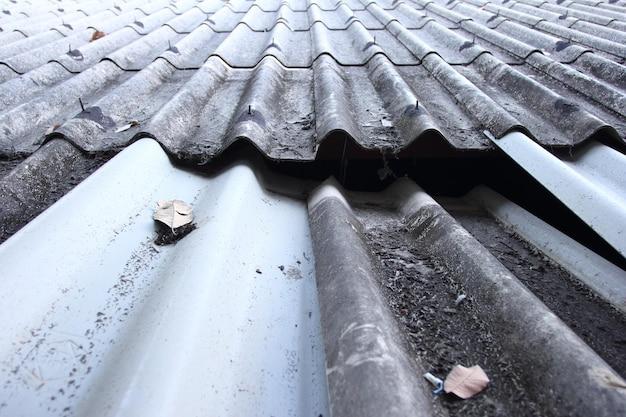

Understanding future plans for the property
Length of intended ownership
When deliberating on whether to replace a non-leaking roof, consider the length of time you plan to own the property. If you intend to stay in the home for many more years, a roof replacement can provide long-term benefits and peace of mind. However, if you plan to sell the property soon, you may want to assess the potential return on investment and consider whether a replacement will significantly impact the resale value.
Impact on resale value
Replacing a non-leaking roof can have a positive impact on the resale value of your property. A new roof enhances the overall curb appeal and can attract potential buyers who are willing to pay a premium for a home with fewer immediate maintenance needs. By calculating the potential increase in resale value, you can determine if a roof replacement is a worthwhile investment based on your specific circumstances.
Timing of other planned renovations
Consider the timing of any other planned renovations or improvements you have in mind for your property. If you are already considering major renovations that may require the removal or alteration of the roof, it might be more cost-effective to coordinate those projects with a roof replacement. This way, you can minimize disruption and potentially save on the overall cost of both projects.
Importance of professional roof inspection and assessment
Identifying hidden issues
A professional roof inspection and assessment are crucial in identifying hidden issues that may not be readily apparent. Trained professionals can detect underlying problems, such as structural damage, moisture intrusion, or compromised materials that may not be visible to the untrained eye. By identifying these hidden issues early on, you can take appropriate action, whether it be repairs or a complete roof replacement, to prevent further damage and ensure the safety and longevity of your home.
Determining the overall condition of the roof
A professional assessment can provide a comprehensive evaluation of the overall condition of your roof. This includes not only identifying any existing damage but also assessing the remaining lifespan of the roof and its potential for future issues. Understanding the current condition of your roof is vital in making informed decisions about repairs or replacements, enabling you to plan and budget accordingly.
Recommendations from experts
Professional roof inspectors can provide expert recommendations based on their assessment of your roof. Their insights and expertise can help guide your decisions and determine the most appropriate course of action. They can suggest whether a repair or replacement is necessary and recommend specific materials or techniques that would be suitable for your specific needs.
Understanding repair vs. replacement options
Having a professional roof inspection and assessment can help you understand the available repair and replacement options. In some cases, repairs may be sufficient to address specific issues and extend the lifespan of your roof. However, there may be situations where a complete replacement is necessary to ensure the safety and longevity of your home. By consulting with experts, you can gain a clearer understanding of the pros and cons of each option and make an informed decision based on your specific circumstances.
In conclusion, while a non-leaking roof may seem like it doesn’t require immediate attention, there are several reasons to consider replacing it. The age of the roof, visible signs of deterioration, the type of roofing material used, energy efficiency, and potential benefits for property value all play a role in deciding whether a replacement is necessary. Factors such as cost, future plans for the property, budget considerations, long-term maintenance, and professional roof inspections should also be taken into account. By carefully evaluating these factors and seeking expert advice, you can make an informed decision about replacing your non-leaking roof and ensure the long-term protection and value of your home.
